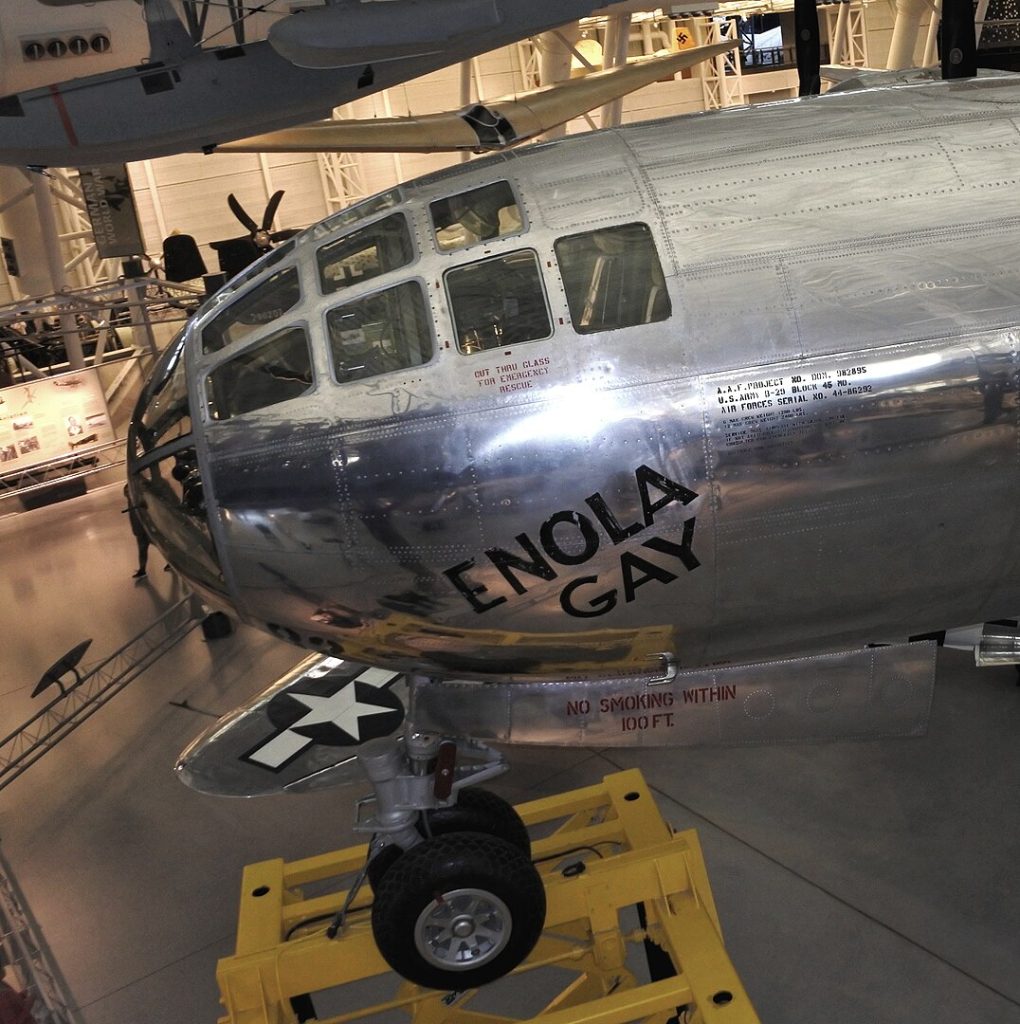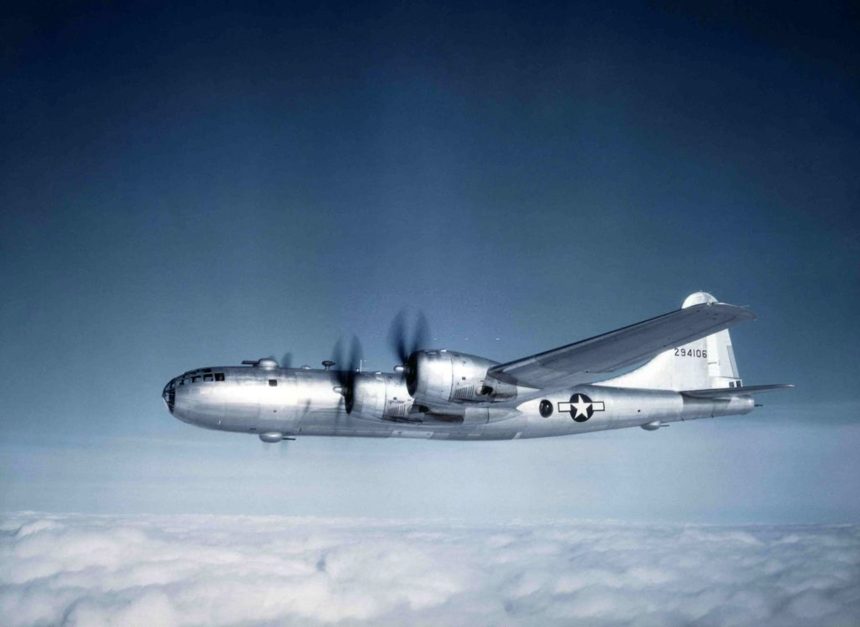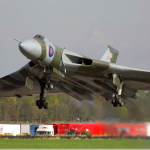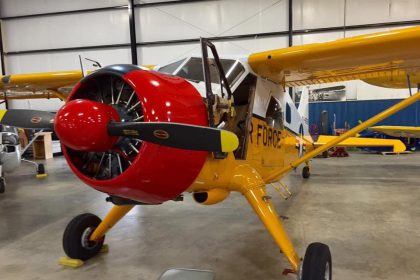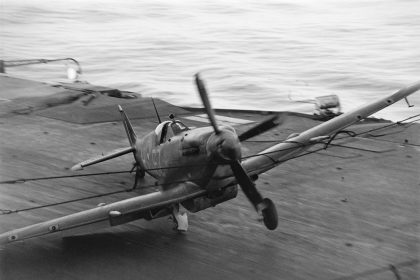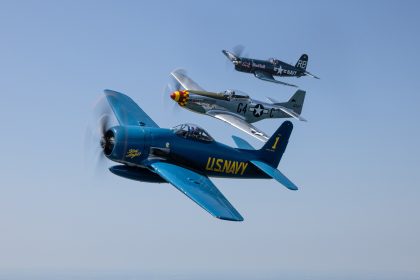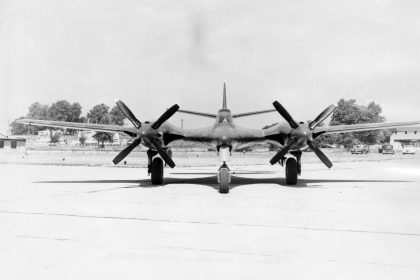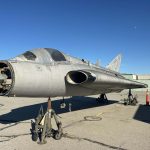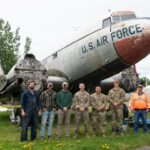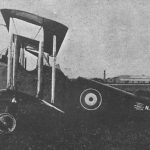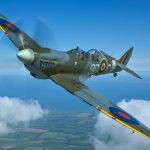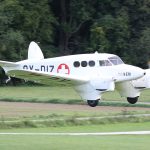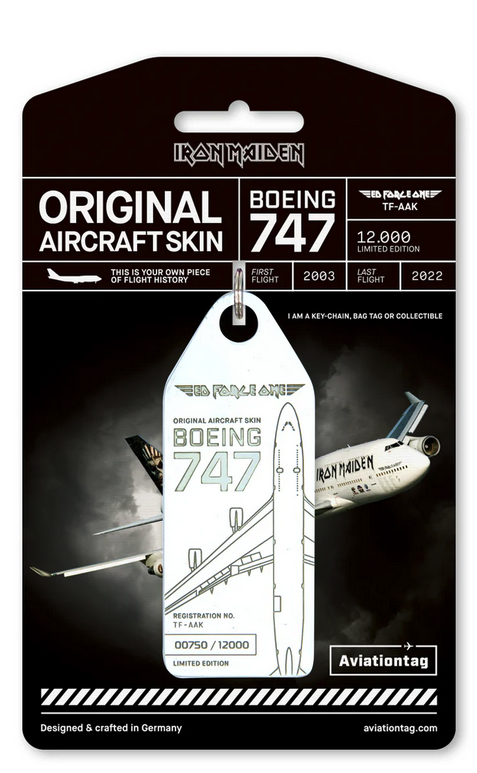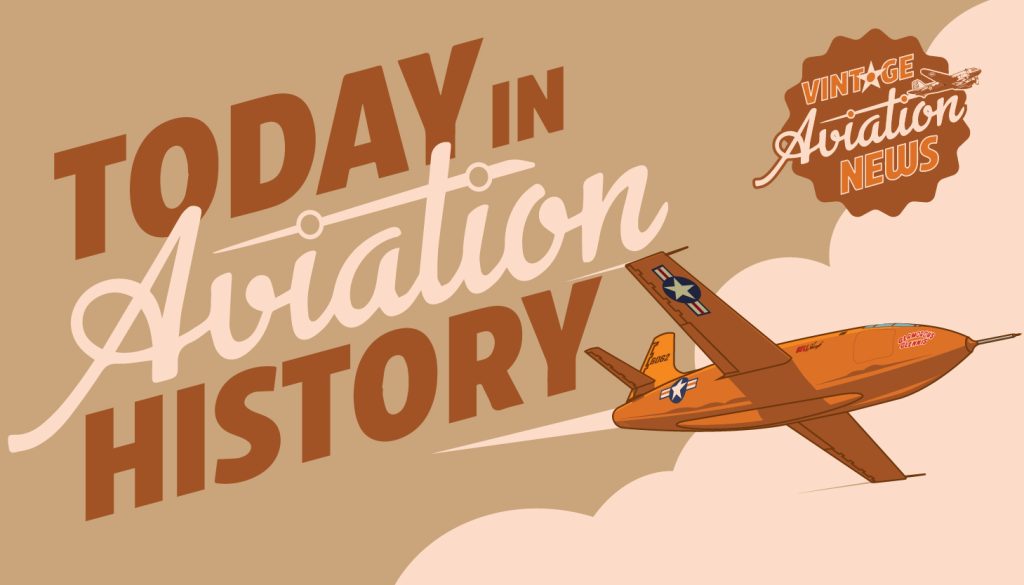
On June 5, 1944—81 years ago today—the Boeing B-29 Superfortress flew its first combat mission. Assigned to the 20th Bomber Command, the B-29s were based in India and China, giving the United States a strategic foothold for long-range bombing operations over Southeast Asia and, eventually, Japan. The target on this initial mission was Japanese-controlled rail facilities in Bangkok, Thailand. The aircraft launched from bases in India, and while most reached the target, some did not complete the journey.
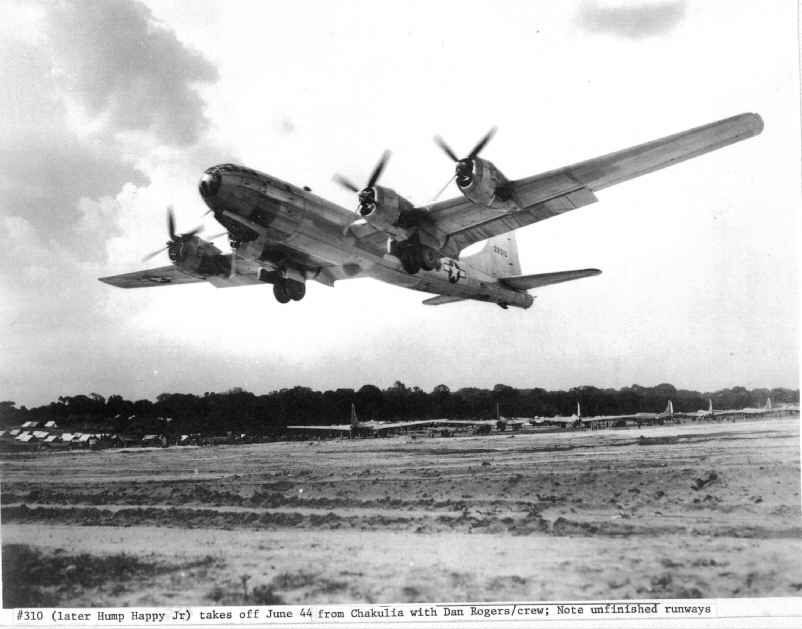
Just ten days later, on June 15, 1944, B-29s took part in their first bombing raid over the Japanese home islands. The target that day was the Imperial Iron and Steel Works in Yawata, located on the island of Kyushu. This mission marked the official start of the strategic bombing campaign against Japan. For the remainder of the war, B-29s would play a central role in aerial operations across the Pacific, carrying out a relentless series of raids designed to weaken Japan’s war-making capacity and hasten the end of the conflict.
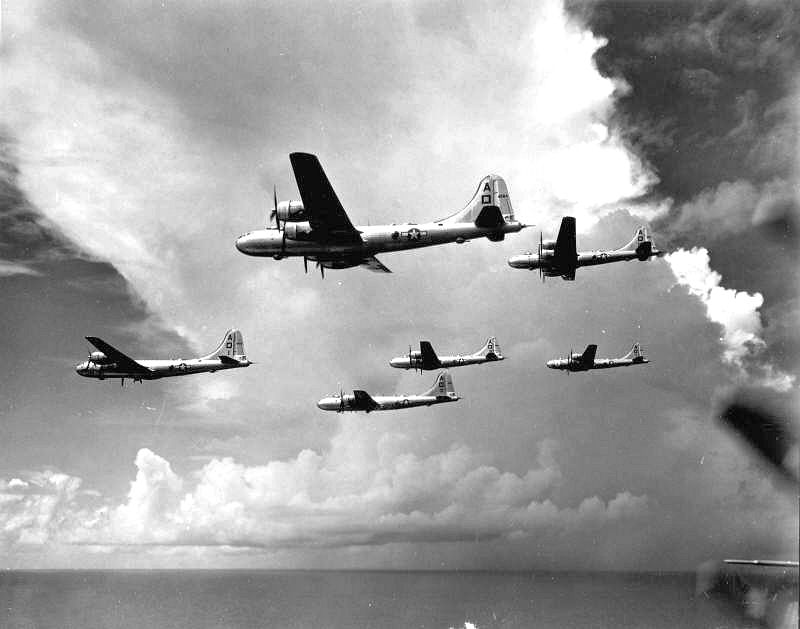
The B-29 was powered by four Wright R-3350-23 Duplex-Cyclone 18-cylinder turbo-supercharged radial engines, each generating 2,200 horsepower. The aircraft had a cruising speed of 220 miles per hour, a maximum range of 3,250 miles, and a service ceiling of 31,850 feet. It featured a pressurized cabin—an innovation that improved both comfort and safety for the crew, particularly in contrast to earlier bombers like the B-17 Flying Fortress. Capable of carrying up to 44,000 pounds of bombs, including the atomic bombs later used in the war, the B-29 also boasted formidable self-defense, with ten .50 caliber Browning M2/AN machine guns operated via remote-controlled turrets.
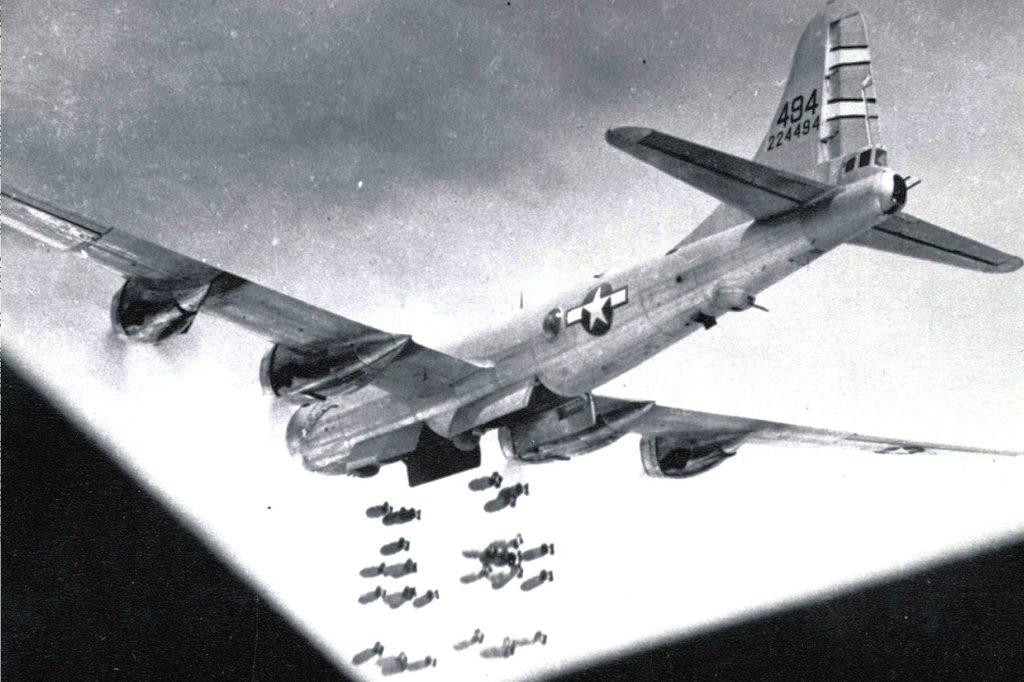
Today, only two B-29 Superfortresses remain airworthy, both flying in the United States. The aircraft known as “FIFI,” serial number 44-62070, is operated by the Commemorative Air Force. Another, nicknamed “Doc,” serial number 44-69972, is maintained by the nonprofit organization Doc’s Friends. In addition to these flying examples, numerous B-29s are preserved in museums throughout North America, each serving as a powerful reminder of the aircraft’s significance in history.
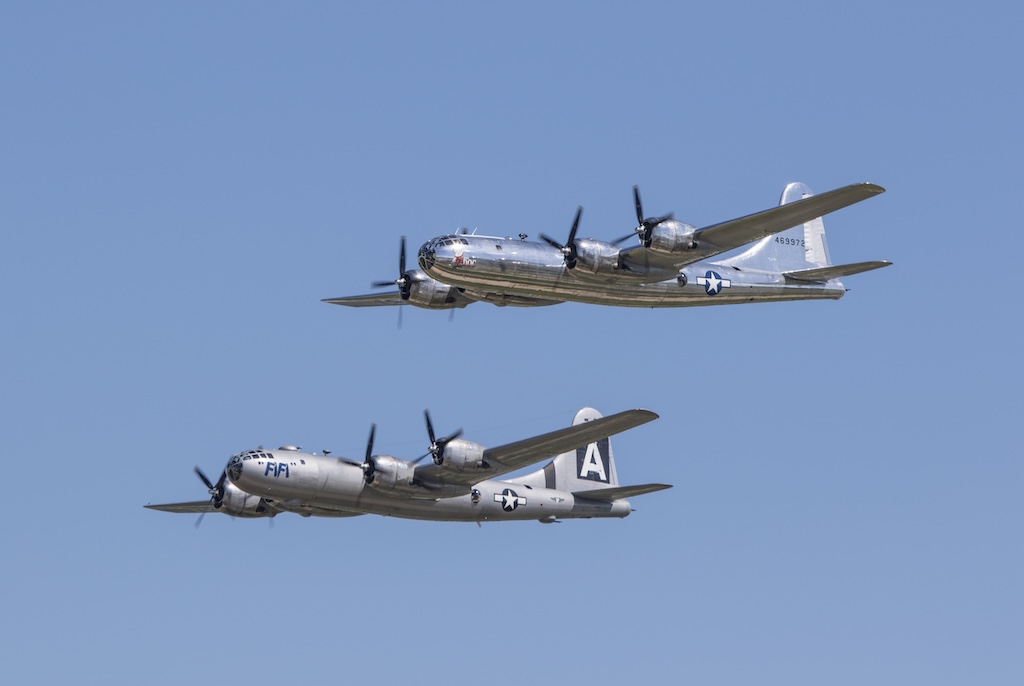
The B-29 was a technological marvel of its era and played a critical role in shaping the outcome of World War II. It also remained in service into the early years of the Cold War. Preserving and sharing the legacy of this remarkable aircraft helps ensure that future generations understand not just its engineering brilliance, but also the human stories and hard-earned lessons that came with it.
